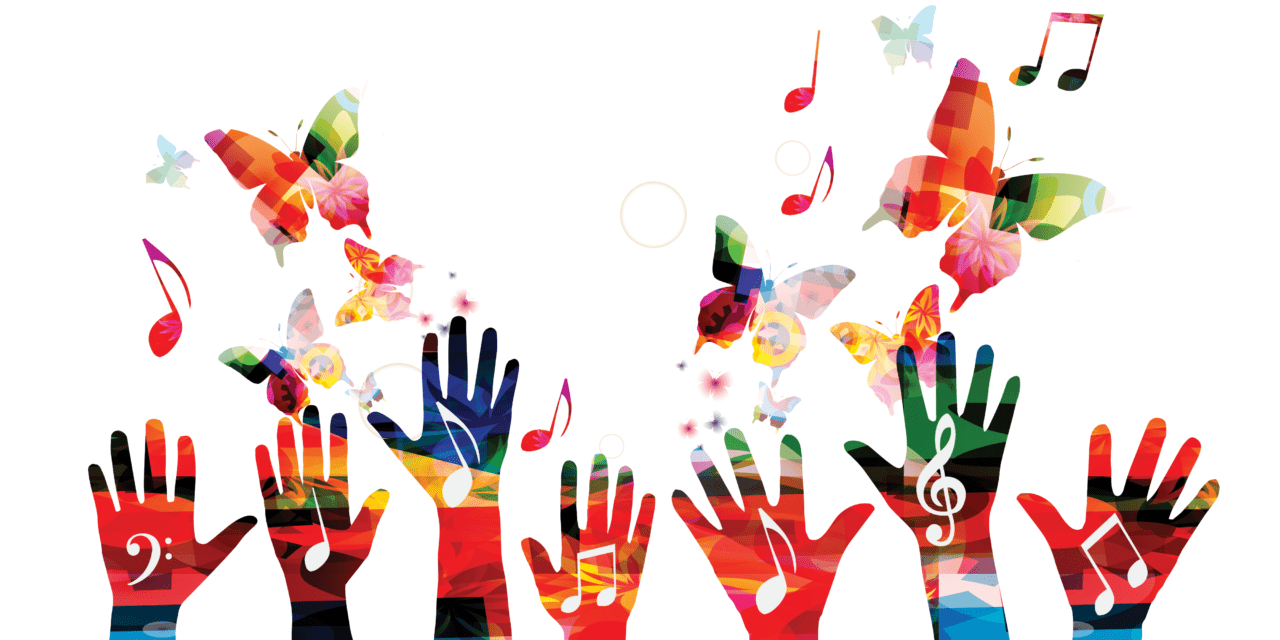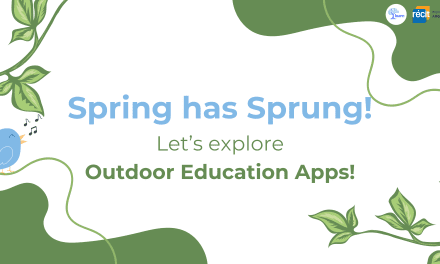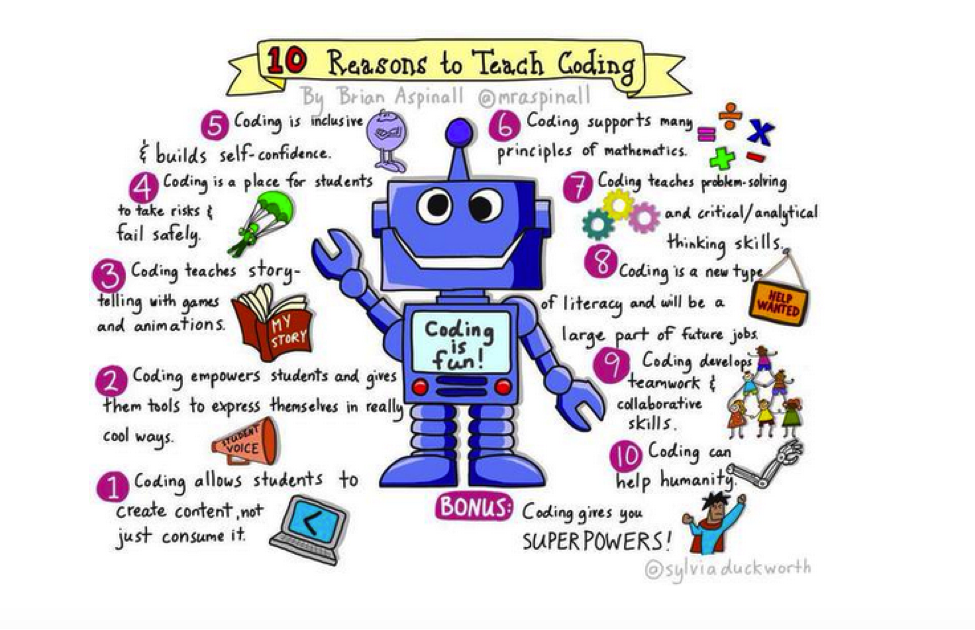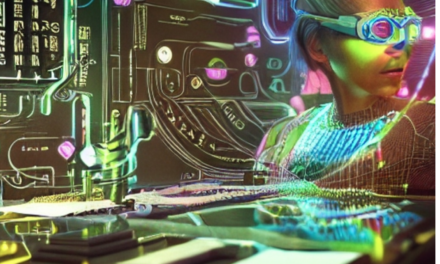As a Teaching Artist, I am frequently a guest in music classrooms, and have the great privilege of observing the beautiful relationships that teachers build with their students. Each teacher works hard to build a classroom culture and foster the best in their students. The approach to creativity can be vastly different, as can the reasons for how and why teachers and students make music the way they do. I often wonder: what do teachers do in the classroom with their students when I’m not there? How does their particular situation inform how they make music with their students? How do they approach music creativity – and what does music creativity mean to them? Why do they do things the way they do?
I shared some of these questions with Toronto-based music educator Doug Friesen. Together, we asked five music educators to share some of their activities, and their thoughts on ‘how and why’ they came to make creative music in the classroom.
The result is the Participatory Creative Music Hub’s newest free open-source, online resource: Creative Music in Education, meant to be accessed by teachers as an opportunity for reflection, and practical tools to implement in their classrooms.
There are videos that capture teachers and students creating music through:
- improv and warm-up exercises,
- creative notations, and
- remaking repertoire.
 In addition, the Creative Music In Education Resource profiles what creating music looks like in five different music classrooms across Canada. The teachers and students reflect on what successful music education means to them, and, in the case of the teachers, how they came to creative music making in the classroom. The five music educators include:
In addition, the Creative Music In Education Resource profiles what creating music looks like in five different music classrooms across Canada. The teachers and students reflect on what successful music education means to them, and, in the case of the teachers, how they came to creative music making in the classroom. The five music educators include:
Nathan Gage, music teacher, James Lyng High School, Montreal
Keshini Senanayake, band teacher, Nelson Mandela High School, Calgary
Katherine Fraser, elementary music teacher, Jean Lumb Public School, Toronto
Keitha Clarke, private fiddle teacher, and elder Dennis Shorty, Whitehorse
Edmee Nataprawira, early childhood educator, VIVA Singers Toronto
What do these music educators do in the classroom, and why?
Montreal’s own Nathan Gage, of James Lyng High School, makes popular music education the core of his program to help students make the music they want to make, and elevate student voice. As he says:
The whole point of the popular music program is that we take the cues of the students as to what they want to do musically… A lot of it comes from what does the student want to do? Where do they want music to kind of fit in their life after high school?
Welcoming the students into the classroom is paramount at James Lyng; many of the students are high needs for multiple reasons and are at risk of dropping out. For Nathan, popular music is about grabbing students’ attention and keeping it, by offering an opportunity for them to express themselves. As he puts it:
When the student is doing the creation and maybe working through their own experiences or trying to express their own experiences through song, it naturally centers them so that their own experiences are what are validated.
The results are impressive – students are implicated in all parts of the creative process, creating a song that is by and about themselves and their own experiences as we see demonstrated in this video:
With Nathan, the students are refining the melody and form and fine-tuning the lyrics, discussing the process they used to create the song, rehearsing the tune, followed by more fine-tuning of the tune.
In another approach to creative music making, Keshini Senanayake, of Nelson Mandela High School, centres on creative music making from Day 1 in the instrumental band classroom. This can take the form of creative music challenges using improv as a starting point to make mash-ups of repertoire. For those of you who are band teachers, play name-that-tune while listening to this video.
In addition to teaching music and life skills, Keshini’s purpose in this form of pedagogy is:
to create a positive community in the school where students can feel included. A space where they can feel safe to be themselves and to come together with a common goal of creating music together, helping them develop an equitable and anti-oppressive lens so that they can develop empathy and be productive allies and contribute to productive change in our world.
In the context of private fiddle lessons, elder Dennis Shorty and fiddle teacher Keitha Clark teamed up for students to create a piece in response to Dennis’ stories and experiences growing up on the land in the North. Keitha says:
I think one of the most powerful things we can develop as musicians is the ability not just to create but to listen in a real deep and meaningful way… I think that’s such a gift of the creative process: to be able to give young musicians the chance to listen to experiences and stories from different cultures and find ways to meaningfully respond to those with the musical skills they have and that they can develop through these projects.
Edmee Nataprawira of VIVA Singers Toronto also underlines the importance of teaching music as a lifetime practice. As she puts it:
You aren’t only teaching the children in front of you, you’re teaching them such that they might become adults who feel comfortable singing ‘happy birthday’ with their friends, who feel comfortable dancing at the weddings they attend, and should they choose to have children of their own someday, that they would feel comfortable singing a lullaby to the kids in their life as adults when they grow up… it’s all about relationship. In order to have a successful music education program, it has to be about community.
Katherine Fraser, of Jean Lumb School, is definitive about centering creativity in the music classroom by using listening games, activities, composition, and improvisation as the core of her program. She sees that “with creative music making, more students became involved in my program, and it became our music program. It was less teacher-driven, less mine…” She continues:
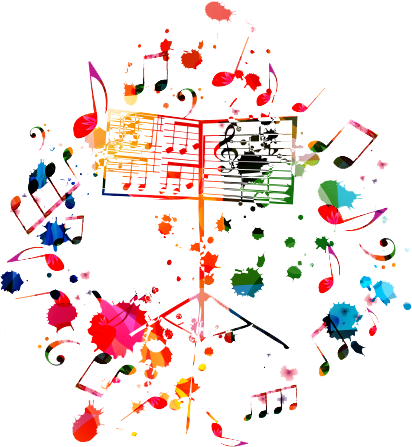
What are [my] hopes for music education? That music teachers find the support and confidence they need to demonstrate to their students, their administration, and the community that music education does not have to focus solely on the preparation and execution of Remembrance Day, winter and spring concerts featuring Western European composers and instruments.
There’s more. Students deserve more, and though performance might be a passion for some, it’s not for all. Students and teachers need to listen to more music, more sounds, and more voices. Programs need to be comprehensive and cover all aspects of music. Education, creating, listening, celebrating, performing, researching healing, reimagining, and wondering. Thanks for listening.
As a Teaching Artist, I see the positive benefits of creative music-making every time I walk into a music classroom in the smiles on students’ faces and the connections fostered between teachers and students. I hope these music educators’ words and the Creative Music in Education Resource give you food for thought to reflect on your own practice, inspiration to dream up new possibilities, and practical approaches to creative music-making that you can try with your students.
As Katherine says: Thanks for listening. And thank you for the music.
Resources
The Creative Music in Education Resource was co-directed by Music Educator Doug Friesen and Teaching Artist Louise Campbell with music teachers Nathan Gage, Keshini Senanayake and Katherine Fraser, early childhood music educator and choral conductor Edmee Nataprawira and private fiddle instructor Keitha Clark.
The activities in this post are featured in the Participatory Creative Music Hub, a free, open-source resource that celebrates creativity in music and sound. The purpose of the Hub is to share resources, build connectivity between practitioners, participants, and music-making newcomers who are all from a variety of backgrounds and fields. Education projects are a major part of the Hub with projects from Pre-K through to Secondary V.
Teachers are invited to draw inspiration from these projects and implement them in their own classrooms. Please acknowledge the Teacher or Teaching Artist by name when using these activities. Teachers’ and Teaching Artists’ contact information is available on each project page; please contact them directly for more information or to bring them into your classroom. Please note that while the Hub cannot provide funding for these activities, many schools and Teaching Artists are affiliated with programs that do provide funding for these types of activities.

